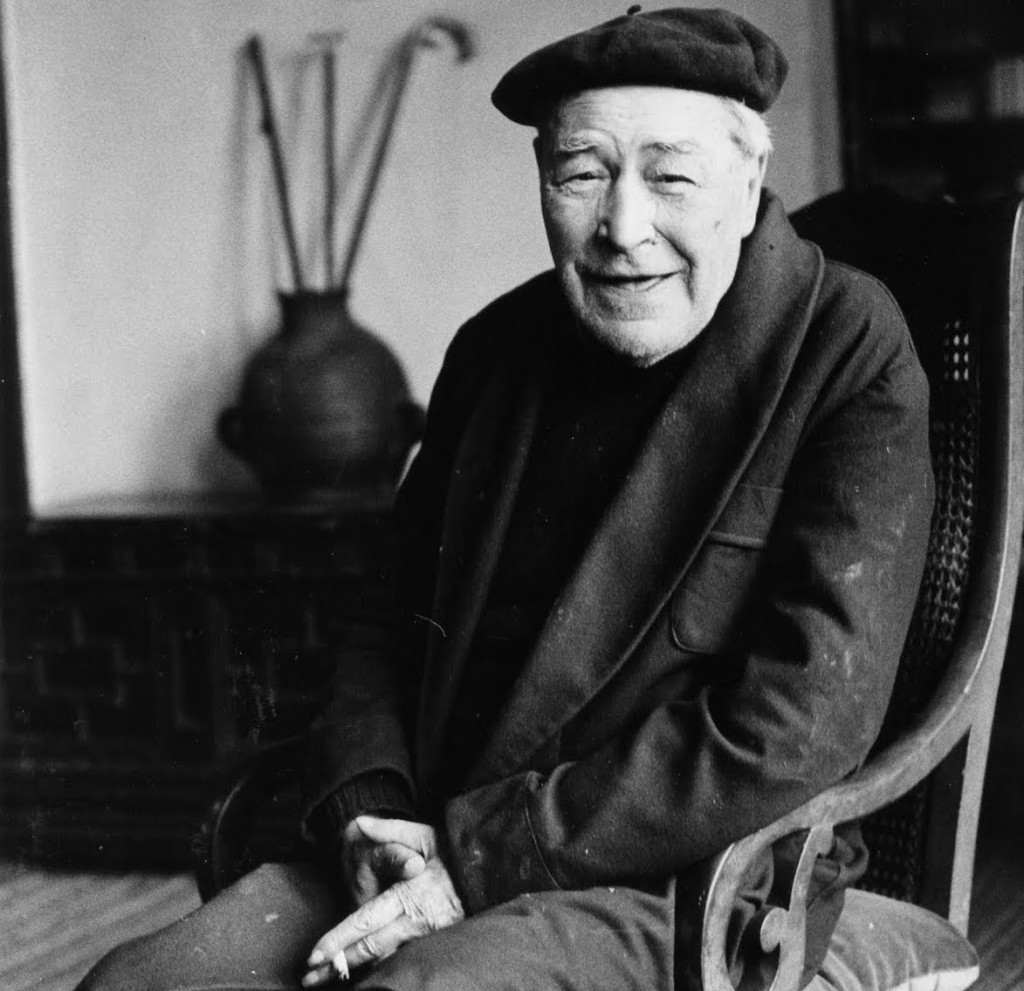Josep Pla’s masterpiece, The Gray Notebook, is one of the most colorful and unusual works in modern literature. In 1918, when Pla was in Barcelona studying law, the Spanish flu broke out, the university shut down, and he went home to his parents in coastal Palafrugell. Aspiring to be a writer, not a lawyer, he resolved to hone his style by keeping a journal. In it he wrote about his family, local characters, visits to cafés; the quips, quarrels, ambitions, and amours of his friends; writers he liked and writers he didn’t; and the long contemplative walks he would take in the countryside under magnificent skies. Returning to Barcelona to complete his studies, Pla kept up his diary, scrutinizing life in the big city with the same unflagging zest and humor.
The gray notebook in which he kept this journal would survive the Franco regime, when Pla’s native Catalan tongue was suppressed, to emerge, some fifty years later as The Gray Notebook, the most celebrated work of twentieth-century Catalan literature, admired as much for its pitch-perfect prose as for its shrewd observance of the human comedy, the great book of the great city of Barcelona and of life on the beach. The Gray Notebook, full of incident and humor and light, is pure pleasure to read: a glowing Bonnard interior on an epic scale.
The first part of the book, which begins on March 8, 1918, is a story of family life on the Costa Brava and the coming-of-age story of a young man torn between an old-fashioned ideal of a life of quiet dedication to work and family and the intellectual seductions of European culture. Pla’s enthusiasms and uncertainties, friendships and crushes, his reading, the drama and politics and absurdity of family life—we are drawn into all these as we also follow Pla in his wanderings through town, scrutinizing his fellow citizens, or out under the magnificent skies of the still-unspoiled countryside of the coast. In January 1919, Pla returns to Barcelona to complete his studies, and the book’s second part paints a hilariously revealing picture of student life. He learns next to nothing from his teachers, a good deal more from the writers and artists he meets in cafés and salons, and most of all from Barcelona itself, with its night life and Ramblas, the city of Gaudi and Modernisme, where just outside the city limits the seemingly timeless life of the country still went on as before.
Combining delightful informality with a perfect clarity of expression and an attention to the detail of day-to-day life that makes it seem anything but banal, The Gray Notebook is both a revelation of its author’s singular sensibility and a universal work of art.
QUOTES
Josep Pla was a great noticer of things and places; his gaze was alert and dry; he wrote in a style which registered both the smallest detail and the large picture. His relationship to Catalan identity and Spanish history was complex, often ambiguous. His relationship, however, to the scene in front of him, or the days in which he lived, remains fascinating for its clarity, its sharpness, its originality and its wit. On display in his work is a glittering and sparkling sensibility.
—Colm Tóibín
Pla (1897–1981) is considered one of the greatest writers of Catalan language, and this beautiful translation lets English readers glory in the quiet strength of his words. At age 21, the author decided to change his style of writing—a little less flowery but not quite journalistic—and he began this diary, which begs to be read slowly, calmly and multiple times….A classic. Readers who travel to the Costa Brava will truly feel what Pla has written.
—Kirkus Reviews
Considered one of the most influential Catalan authors of the twentieth century, [Pla] was born and raised in the Empordà, and over the course of his life wrote over 30,000 pages of prose in which he diligently catalogued the landscape and the life and habits of the people of the region. His complete works, published and republished over the years, contain marvelous descriptive passages that capture the landscape’s history and its complex topography at once.
—Words Without Borders
Josep Pla has long been considered one of the finest writers of autobiographical texts in any of the languages of Spain.
—Hispanic Review
Pla seems to enjoy an almost constant series of presence effects in plays of light and shadows, expressions on faces, turns of phrase, the direction of the wind. His own encounters with presence are what illuminate the communicative potential that the landscape holds, if we approach it the right way.
—Romance Quarterly
Born in Palafrugell, Josep Pla was a popular journalist who traveled widely to report on world events. His politics, conservative yet liberal, joined with an ironic skepticism that did not endear him to Catalan leftists and nationalists. Yet by the end of his life he was recognized as the most distinguished prose stylist in Catalan. His devotion to writing is evident in his collected works, which fill forty-six volumes. The Gray Notebook is a diary from 1918–19 that Pla revised over many decades.
—World Literature Today
The grand old man of Catalan letters and one of Spain’s most prolific writers.
—Chicago Tribune
ABOUT THE AUTHORS
Josep Pla (1897–1981), the eldest of four children, was born in Palafrugell on the Costa Brava to a family of landowners. He studied law in Barcelona, abandoned law for journalism, and in 1920 moved to Paris to serve as the correspondent for the Spanish newspaper La Publicidad. Banned from Spain in 1924 for his criticisms of the dictator Primo de Rivera, Pla continued to report from Russia, Rome, Berlin, and London, before returning to Madrid in 1927. He supported the new Spanish Republic that emerged in 1931, but was soon disillusioned and left the country during the Civil War, returning in 1939. Under the Franco regime, he was internally exiled to Palafrugell and his articles for the weekly review Destino were frequently censored. After 1947 his work began to be published in Catalan, and his complete works were published in full in 1966. They comprise forty-five volumes, of which The Gray Notebook—begun in 1919, but polished and added to throughout the intervening years—is the first.
Valentí Puig is a Catalan poet, novelist, and literary critic who writes in both his native Catalan and in Spanish.
Peter Bush is an award-winning translator who lives in Barcelona. Among his recent translations are Ramón del Valle-Inclan’s Tyrant Banderas (for NYRB Classics), Teresa Solana’s Crazy Tales of Blood and Guts, Mercè Rodoreda’s In Diamond Square and Najat El Hachmi’s The Body Hunter.
READ MORE
The Gray Notebook in The New York Times Book Review.
Valerie Miles on Josep Pla and excerpts from The Gray Notebook in The Paris Review.






